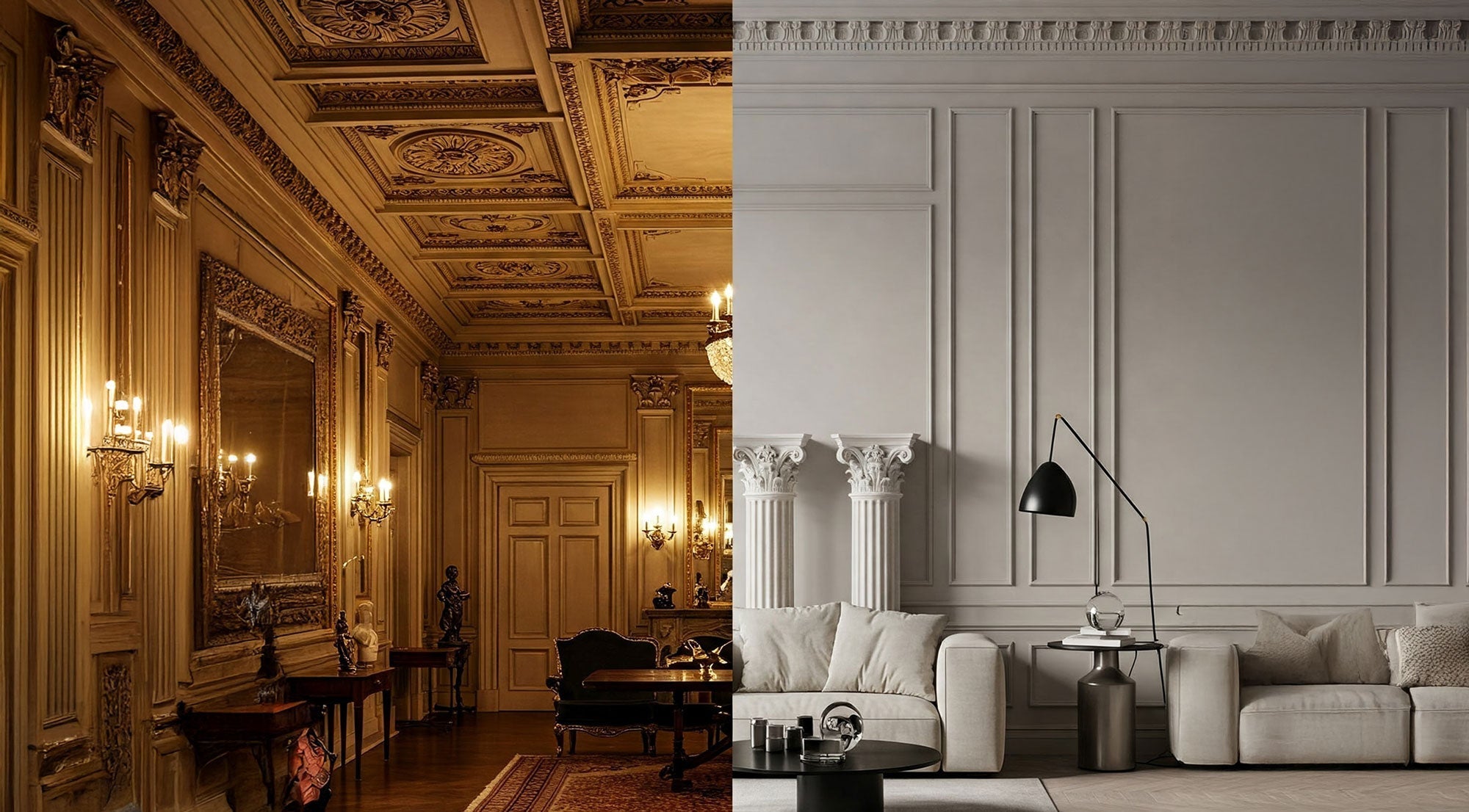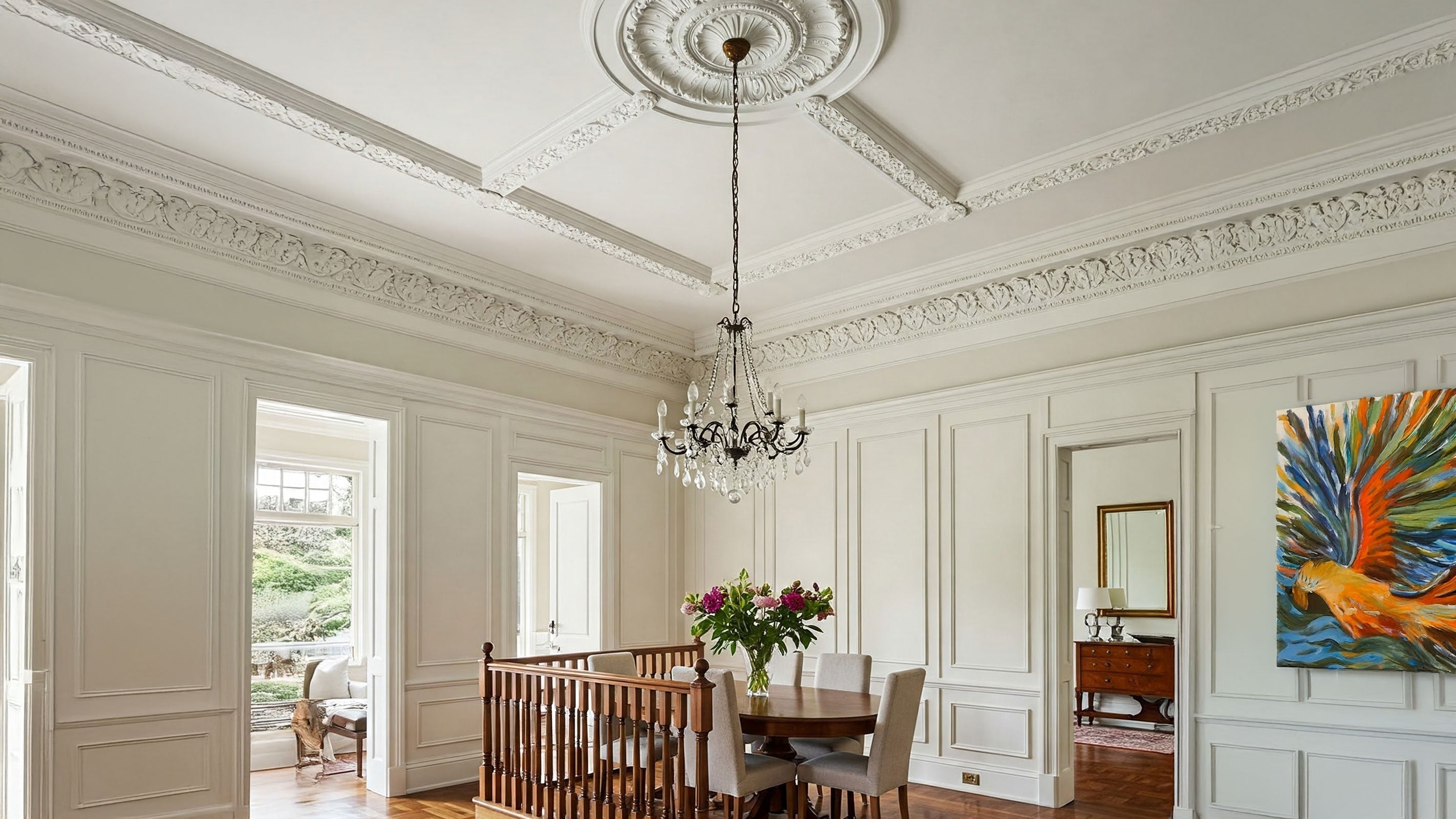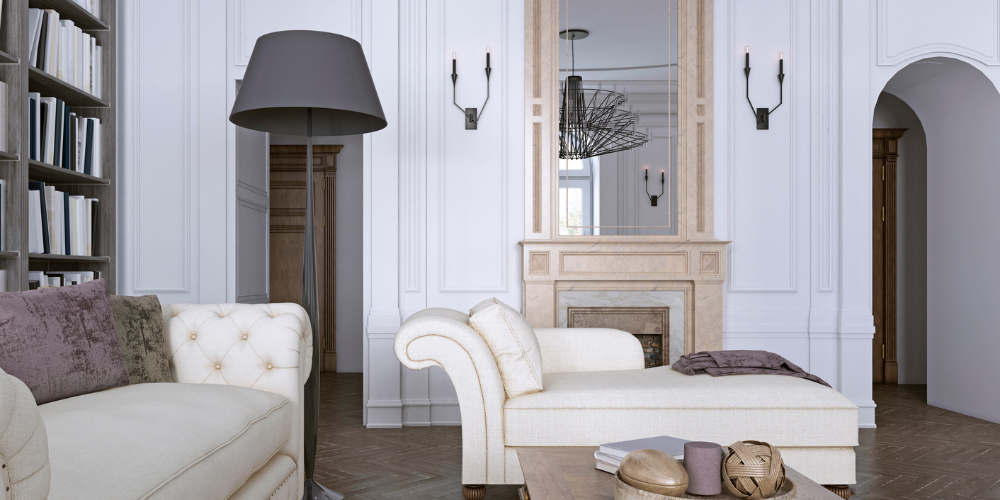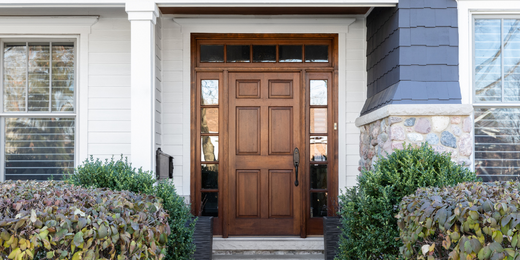For centuries, decorative mouldings have played a crucial role in architectural design, blending beauty with functionality. From the grand columns of ancient Greece to the intricate cornices of Victorian homes and the sleek, modern profiles of today, these ornamental details have continuously evolved to complement changing styles and materials. Whether you're a homeowner, renovator, or builder, understanding the history and significance of decorative mouldings can inspire and guide your next project.
In Australia, where architectural influences range from colonial to contemporary, decorative mouldings remain a timeless design feature. They not only enhance the character of a space but also add value, conceal imperfections, and offer limitless customization options. Whether restoring a heritage home or adding sophisticated touches to a modern build, these architectural elements continue to shape and define interiors and exteriors alike.
But how did decorative mouldings originate? How have they adapted over time to meet the needs of evolving architectural trends? And what exciting innovations are shaping their future?
To dive deeper into the rich history and evolution of decorative mouldings, explore our full article and discover expert insights, design trends, and practical applications for your home or project. Read the full article here.






